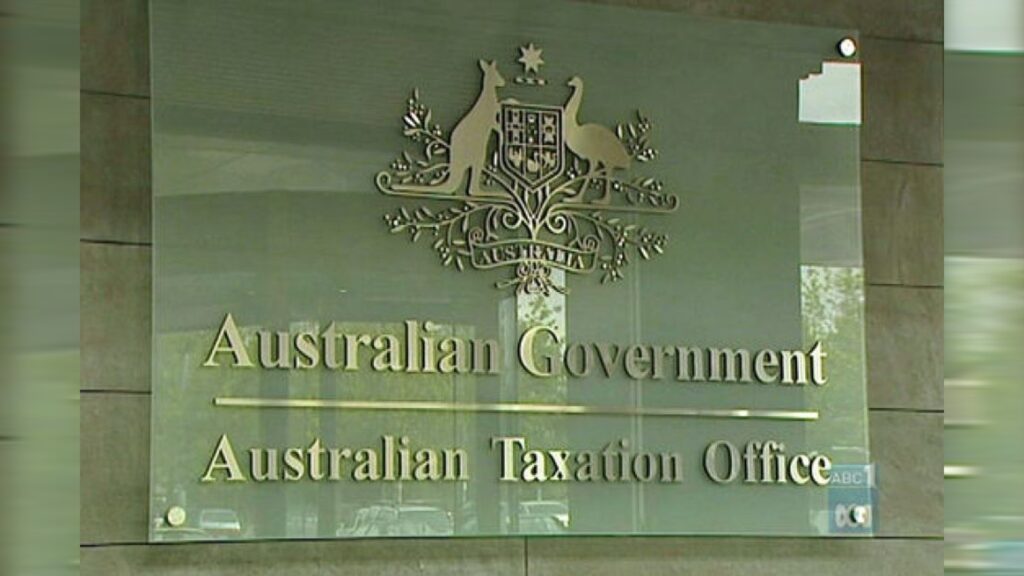ATO Changes to Home Office Expenses in 2023

On February 16 2023, the ATO announced major changes to how you can claim home office expenses in your 2022/2023 tax return.
With these changes you may need to adjust your record keeping, because it is becoming more stringent.
What’s changed with record keeping for my 2023 tax return?
1 July 2022 – 28 February 2023:
The ATO states you must keep a record that is “representative” of the total number of hours you worked from home between 1 July 2022 and 28 February 2023. This is basically the same as what you usually need to do when claiming work from home expenses.
BUT – Changes from 01 March 2023 onwards:
You must keep a record of the actual hours you worked from home between 1 March 2023 and 30 June 2023. No estimates will be accepted.
- You must record these hours regularly, throughout the year, using one of the following methods:
- Timesheets
- Rosters
- Employer system logs or online business systems
- Time-tracking apps
- A regularly updated diary, calendar, logbook, spreadsheet, or similar document
You must keep a record of the home office running expenses you paid for and that relate to your hours worked at home.
Records you should keep include:
- For power, gas, home phone, mobile and internet expenses, you should keep your bills/invoices (monthly or quarterly).
- If bills are not in your name, you must show evidence of the expense, such as a joint credit card statement or joint property lease agreement, to prove that you share these expenses with someone else.
- For occasional expenses, such as stationery, paper or printing ink, keep your receipts for any work-related purchase made.
Other changes to home office expenses in 2023
- The rate per hour you can claim has increased from 52 cents per hour to 67 cents for each hour you work from home.
- You no longer need a designated working area or home office.
On the surface that looks like a win, but when you look a little closer, there are some downsides.
The fixed rate of 67 cents per hour now INCLUDES some expenses that you used to claim separately; that could mean less money for you.
In 2023 you can no longer claim these items individually, IF you claim the 67 cents per hour:
- Internet expenses
- Home and mobile phone expenses
- Electricity and gas used for heating, cooling and lighting
- Stationery and computer consumables
So, what home office expenses can I claim IN ADDITION TO 67 cents per hour?
Most of the common separate deductions are off the table, but there are a few extra deductions you can still claim while also claiming the 67c per hour in 2023:
- Depreciation of assets that cost more than $300 such as office furniture, computers and mobile phones.
- Expenses for work-related purchases up to $300, such as desk chairs and monitors.
- The cost of cleaning your home office and repairing office furniture.
When does the new rate for home office expenses start? The fixed rate changes were only just announced but they come into play on 1 July 2022. That means these changes to home office expenses will apply to your 2022-23 tax return.
Will this mean you will get less money back at tax time? Most likely. Historically, claiming each of your work from home expenses separately has led to a larger deduction claim and a bigger refund. With the ATO rolling most of those expenses into the one 67c rate, it’s likely your home office expenses claim will be smaller in 2023. But there is is a sliver lining – there is another way to claim work from home expenses in 2023.
It’s called the “Actual Cost Method”. Using this method to claim home office expenses in 2023 means you don’t claim 67c per hour, and instead all of your expenses are claimed individually. These include:
- Electricity and gas
- Home and mobile phone expenses
- Internet expenses
- Stationery and computer consumables
- Cleaning your home office
- Depreciation on office equipment that cost more than $300 (E.g computer desk)
- Office equipment that cost less than $300.
To use this method, you must keep either:
- A continuous 4 week diary that tracks your usual pattern of working from home, or
- A full 12-month record of the total number of hours you worked from home during the year.
Then for each deduction you claim using the actual cost method, you specify how much of the item’s use was for work purposes.
So, which method is best for you? This will depend on your personal circumstances. For many people the actual cost method will lead to a larger deduction, but some will find the new 67c per hour works out better.
Reach out to your accountant at Larkin Partners to discuss which will be the best method for you. The most important thing for you to remember is the strict new requirements for record keeping, especially tracking the hours you work from home across the year in a calendar or diary.
